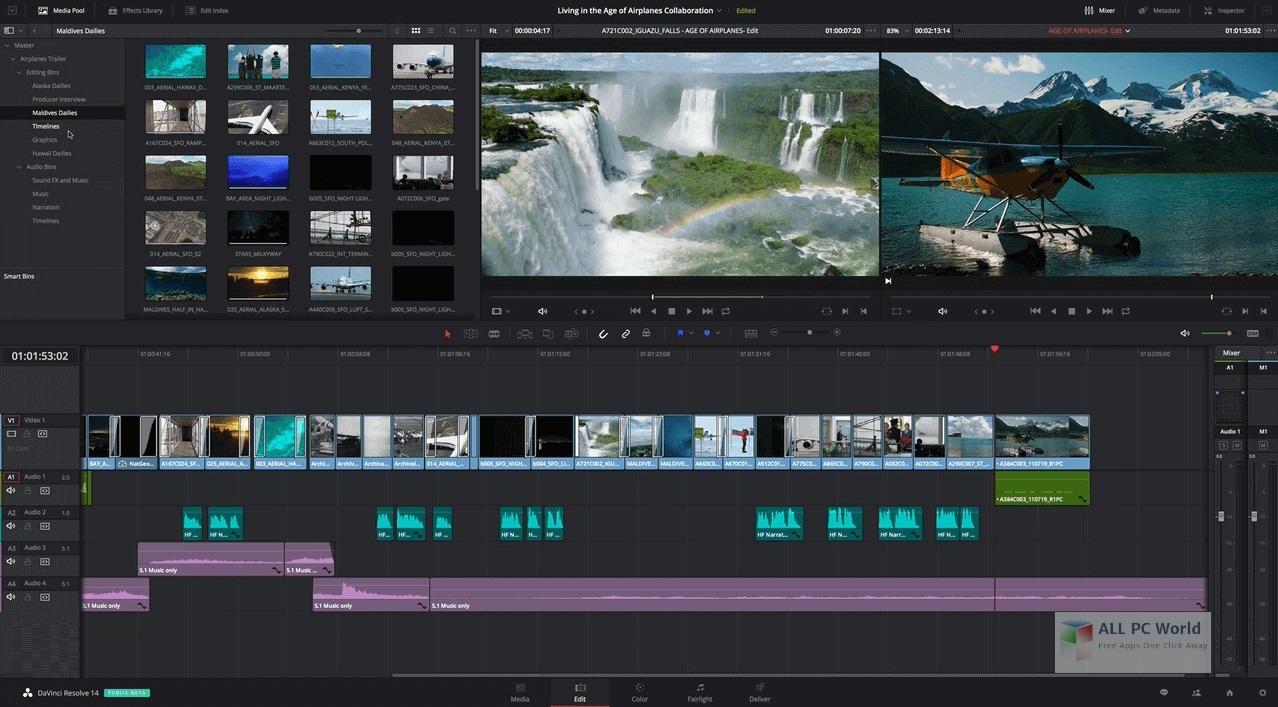
Eventually, a free “lite” version for Mac was released. Soon the price dropped and development changed. It was focused on color grading only and not fully featured as we know it now. At this point, DaVinci was still the domain of high-end film productions and very, very expensive.

Around 2009 DaVinci Systems was acquired by Blackmagic design who made DaVinci Resolve their focus for development. Grant Petty, CEO, Blackmagic Design said: This new version is a major leap forward because it now gives every customer, from individual users to large studios, a way to seamlessly move between editing, grading, and audio.Before we get to the business end of what’s the difference between the free and studio version of DaVinci Resolve, it’s worth looking at its evolution. In addition, DaVinci Resolve 14 reportedly includes new features for editors and colourists, including more than 20 new effects such as automatic facial recognition and tracking so customers can, as per the release, quickly refine and enhance faces in their shots. New features reportedly include significant performance improvement, a new audio post production suite with Fairlight audio built in, and multi-user collaboration tools that, according to the official release, let multiple people edit, colour and mix audio from multiple systems. New features reportedly include significant performance improvement, a new audio post production suite with Fairlight audio built in, and multi-user collaboration tools that, according to the official īlackmagic Design announced that the final release of DaVinci Resolve 14, its editing, colour correction and digital audio software, is available for download from the Blackmagic Design website.

Blackmagic Design announced that the final release of DaVinci Resolve 14, its editing, colour correction and digital audio software, is available for download from the Blackmagic Design website.


 0 kommentar(er)
0 kommentar(er)
